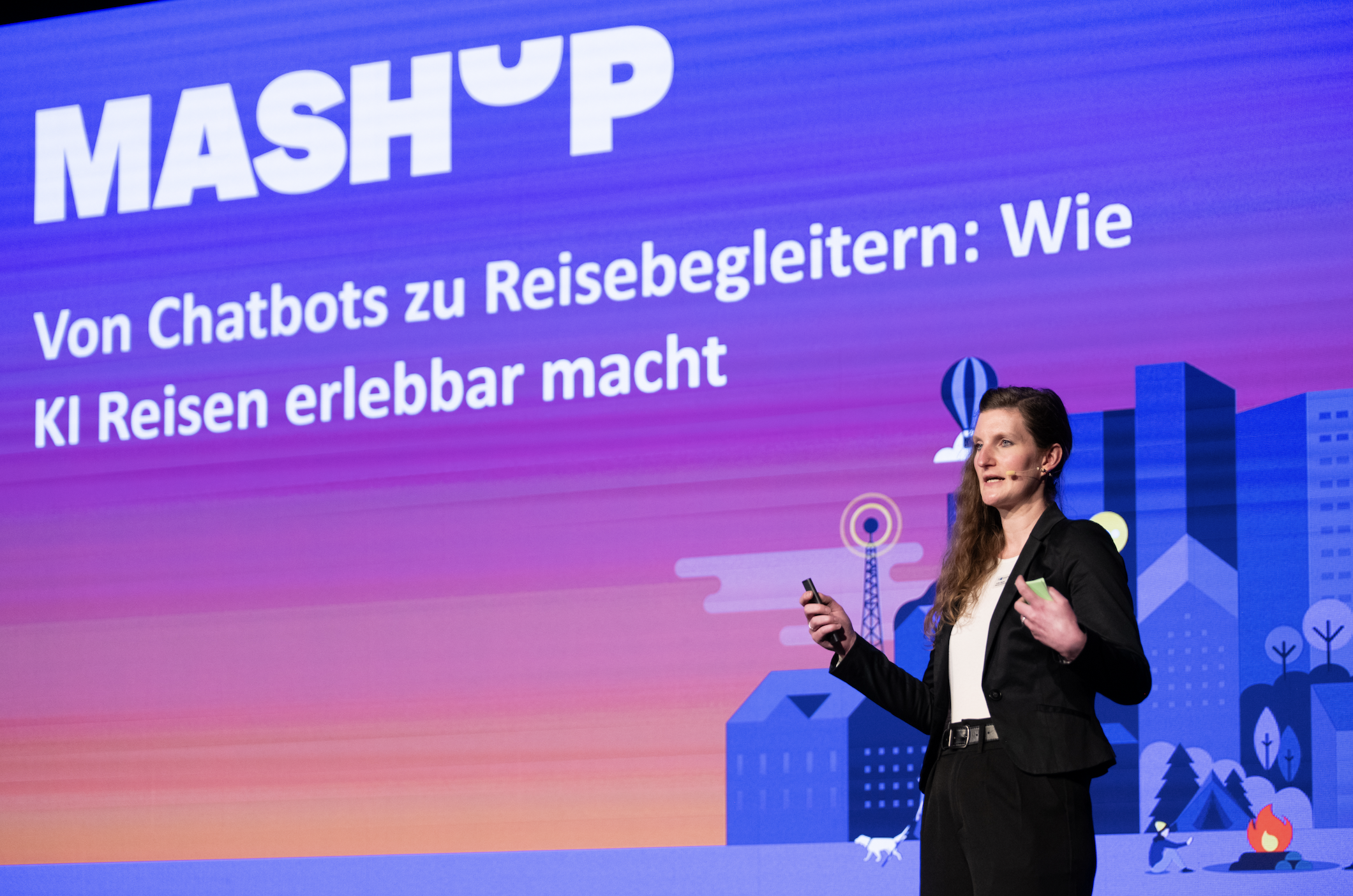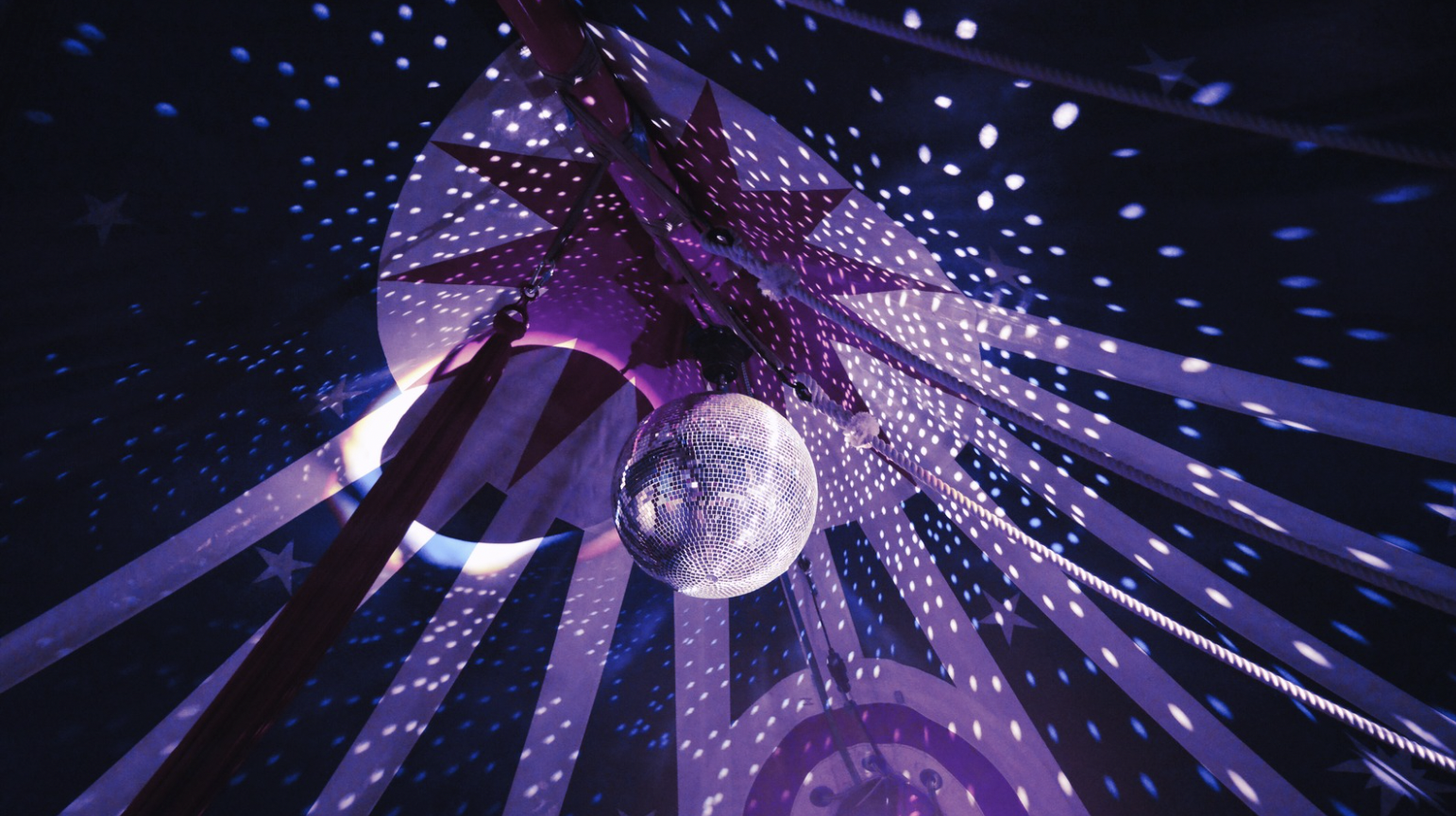25 Years of Google: The Story of a Search
“What will the weather be like tomorrow? What’s on at the movies right now? Oh, I’ll google that quickly.” It is every brand’s dream to have its name established in everyday language – Google has achieved this by revolutionizing the way we obtain information.
On September 4 this year, the search engine celebrates its 25th anniversary, which I am taking as an opportunity to take a closer look at the global corporation. No surprise: Google also uses storytelling, of course – among other things by staging search results as stories.
Formerly a Garage, now a Googleplex: a Success Story straight out of a Picture Book
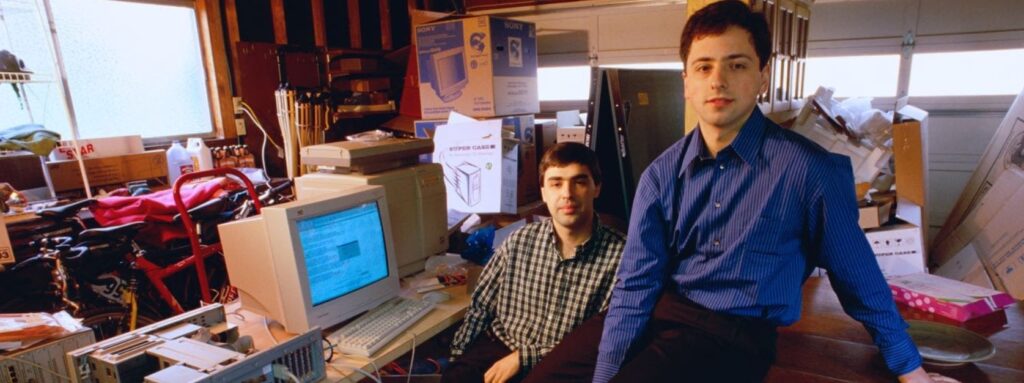
The history of Google began in a garage in Menlo Park, California. In 1996, the two computer science students Larry Page and Sergey Brin began working on the idea of developing an Internet search engine that would make information accessible and usable for everyone. The name is based on the mathematical term “googol” – a 1 with 100 zeros – and is intended to reflect the incredible scope of the Internet.
Although Google was not the first search engine, the two Internet pioneers developed the page rank method. Here, the evaluation of a website is not based on its content, but on how often other thematically related websites refer to it. The first milestone: In 2000, the Google index had already recorded over one billion pages, overtaking its competitors, and is still the undisputed number one today.
The Answer before the Question: Search Results in Visual Storytelling Format
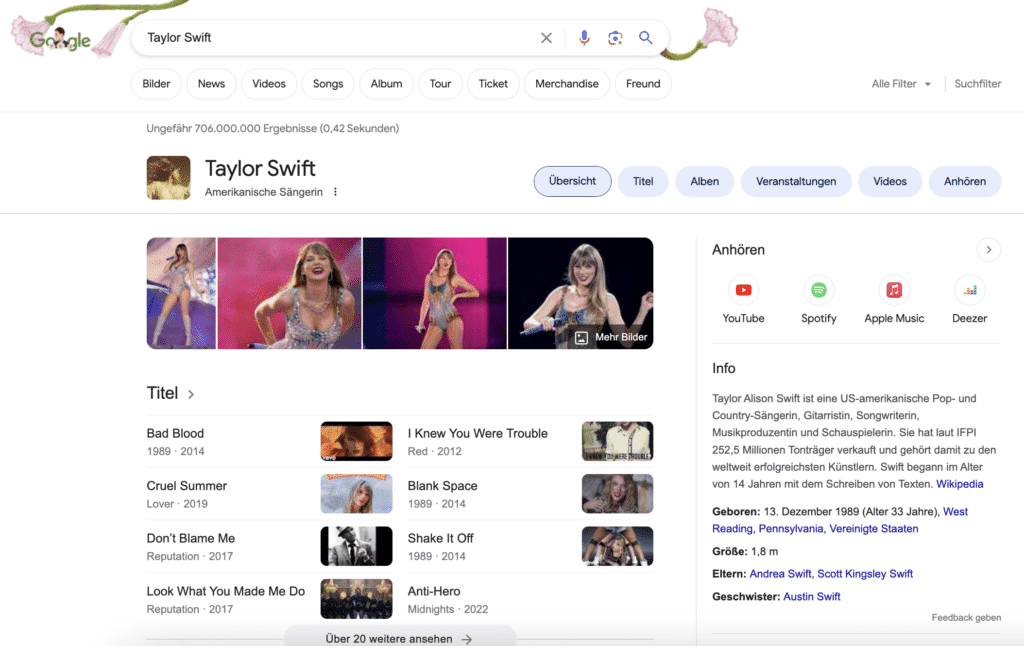
The (search engine) art is not only to provide users with exactly the results they need, but also to convey them as a coherent narrative. The times when results and links were simply listed are over. If you google historical events or prominent personalities, organizations or places today, so-called “knowledge panels” pop up.
This means that Google bundles the information from all websites and summarizes it briefly and concisely – even before the actual search results appear. In the case of musicians, for example, reference is made to the best-known music videos. This allows users to understand the context even faster and often saves them additional clicks.
Google therefore combines selected texts, images, videos and visual elements to present search results not just as sober information, but as coherent narratives that give the searcher a deeper understanding of the topic.
Pictures that speak: Doodles as Storytellers
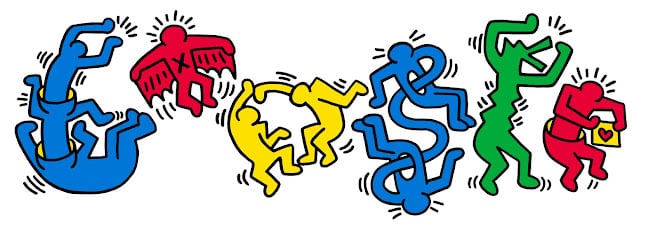
Even when it comes to celebrating famous personalities or anniversaries, Google relies on visual storytelling: even before the company was officially founded in 1998, the two founders Larry and Sergey were looking for a way to draw attention to their participation in the Burning Man Festival in the Nevada desert. The solution: A stick figure was added behind the Google logo on the homepage. This simple idea was the starting signal for redesigning the lettering again and again for special occasions and transforming it into a so-called “doodle”.
A whole team of developers and illustrators – the so-called “doodlers” – are now responsible for filling the Google homepage with life. Users were able to take a look at a special highlight on May 4, 2012. On the occasion of Keith Haring’s 54th birthday, Google dedicated a Doodle to the late artist in the style of his illustrations.
Art & Culture for all: How Google is digitizing Museums and Galleries
Google not only wants to provide access to information and knowledge. Cultural institutions such as museums, galleries, archives, libraries, orchestras and theaters will also gradually be made accessible online. The Staatliche Museen zu Berlin, among others, are involved in the platform and the associated app “Google Arts & Culture“. In a night-and-fog operation, all the paintings were photographed down to the smallest detail and then digitally processed. The museum rooms were also captured in 360-degree images in the same way. According to a blog post, Google wants to create a treasure trove for art lovers and an experimental kitchen for creative minds. The best thing about it: you can experience art and culture from home for free! How about a (digital) trip to the Australian National Surfing Museum, for example?
Conclusion: Life without Google – hard to imagine!
Over the last 25 years, Google has not only changed our understanding of how we collect information, but also the way we experience stories. Every click, every doodle, every search result is like a page in an exciting book that takes us on a journey – a journey through the infinite vastness of the Internet. I am excited to see what innovations Google will develop in the future and how they will influence our everyday lives!
The Warner Brothers are also the ones who captivate us with their stories. It’s not for nothing that consultant Mona called them the forefathers of storytelling in her blog post. Click this way!
Share this article


